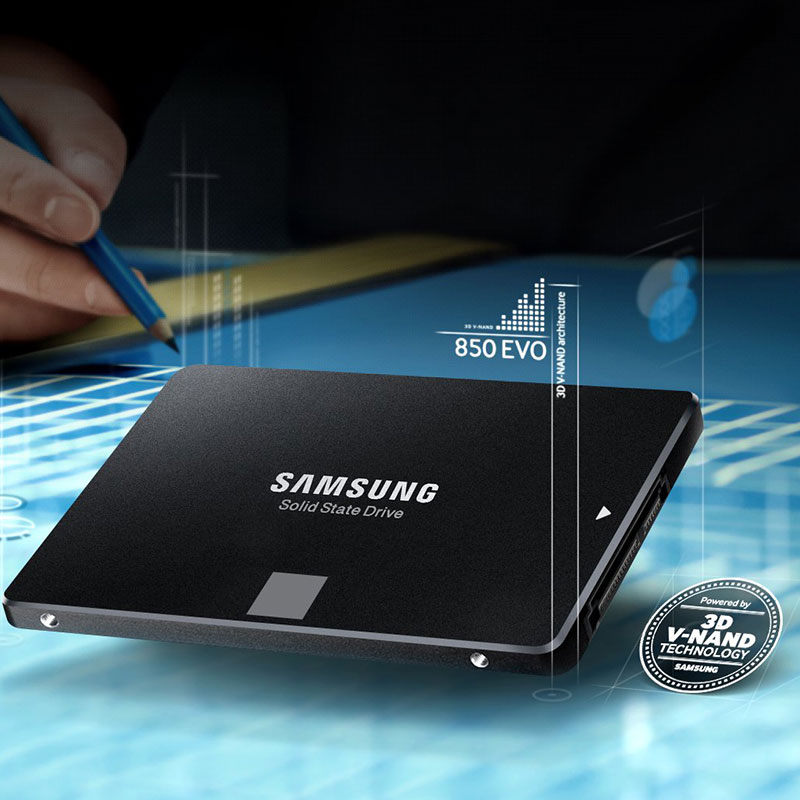Solid State Drive (SSD) and Hard Disk Drive (HDD) are two types of storage devices used to store data in a computer system. There are fundamental differences between the two types of devices, including how they store data, how fast they can access stored data, and how much data they can store.
HDDs have been in use for many years and are still widely used in computer systems. They store data on spinning disks that have magnetic surfaces, which the read/write heads can access to read and write data. The faster the disk rotates, the faster the read and write speeds can be. The storage capacity of HDDs is vast compared to SSDs, with high-end models capable of storing over 10 terabytes of data.
SSDs, on the other hand, do not have any moving parts, and data is stored in a type of flash memory. SSDs are much faster than HDDs in terms of access speed, as there are no moving parts to slow them down. They are also more durable and resistant to physical damage compared to HDDs, which are sensitive to mild shocks and vibration. However, SSDs are more expensive than HDDs in terms of cost per gigabyte of storage.
SSDs are highly preferred over HDDs for users who require higher performance and high data transfer speeds. They are commonly used in gaming systems, video editing workstations, and servers where data access speed is of utmost importance. HDDs are more commonly used in personal computers, laptops, and other devices where only modest storage capacity is necessitated, and the performance delay due to storage device can be tolerated.
In conclusion, both SSD and HDD have their merits and demerits based on the user’s requirements. HDDs provide large storage capacity at an affordable price point, whereas SSDs offer better performance and faster data access for those willing to pay a premium price. Choosing between the two boils down to the user’s budget, demands for storage capacity and speed, and the purpose of the computer system.

